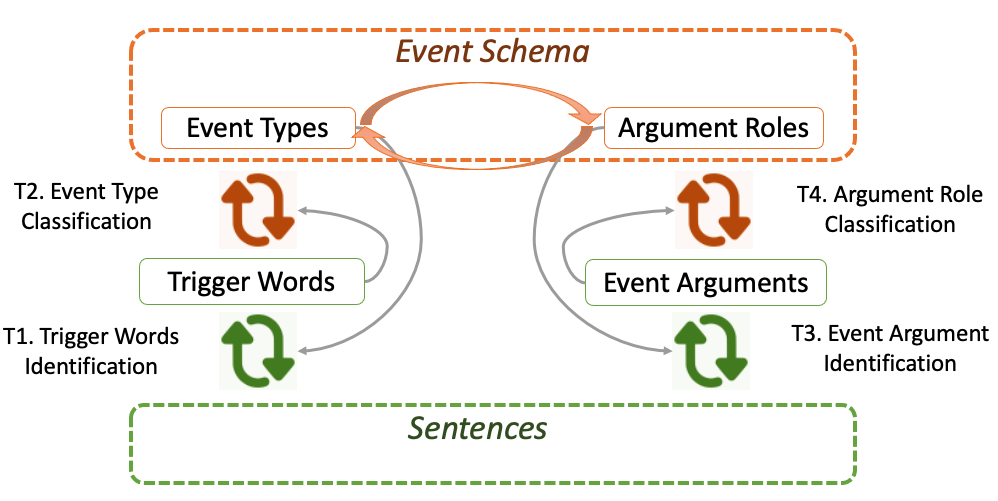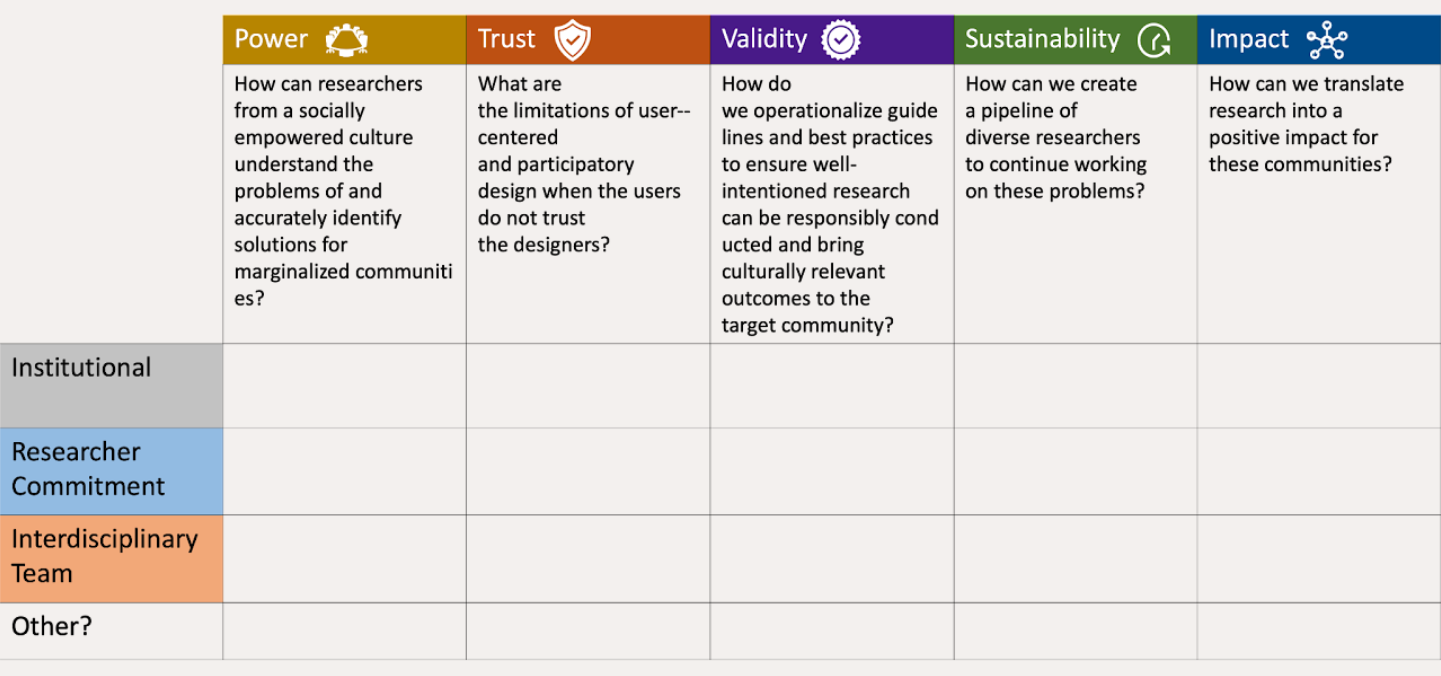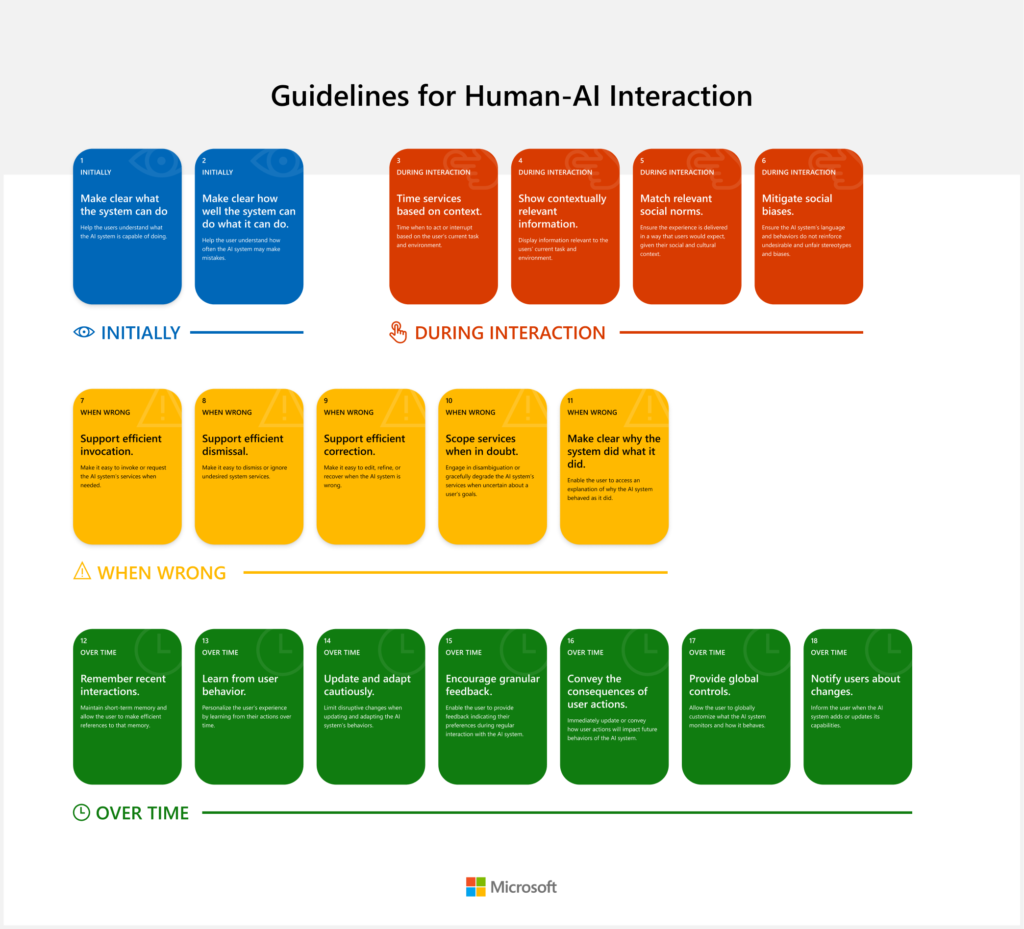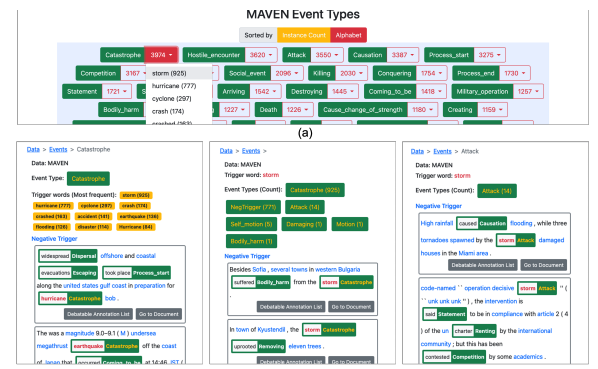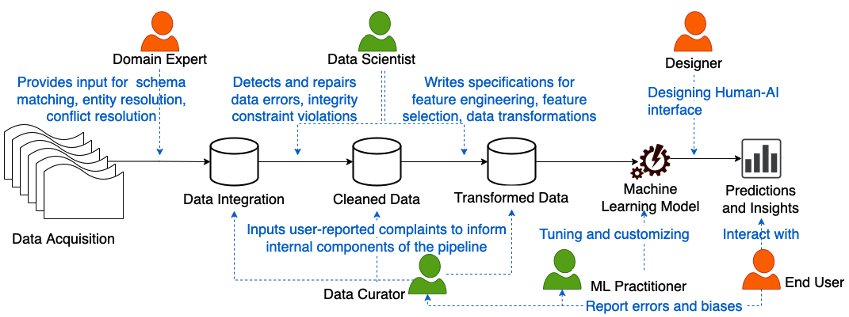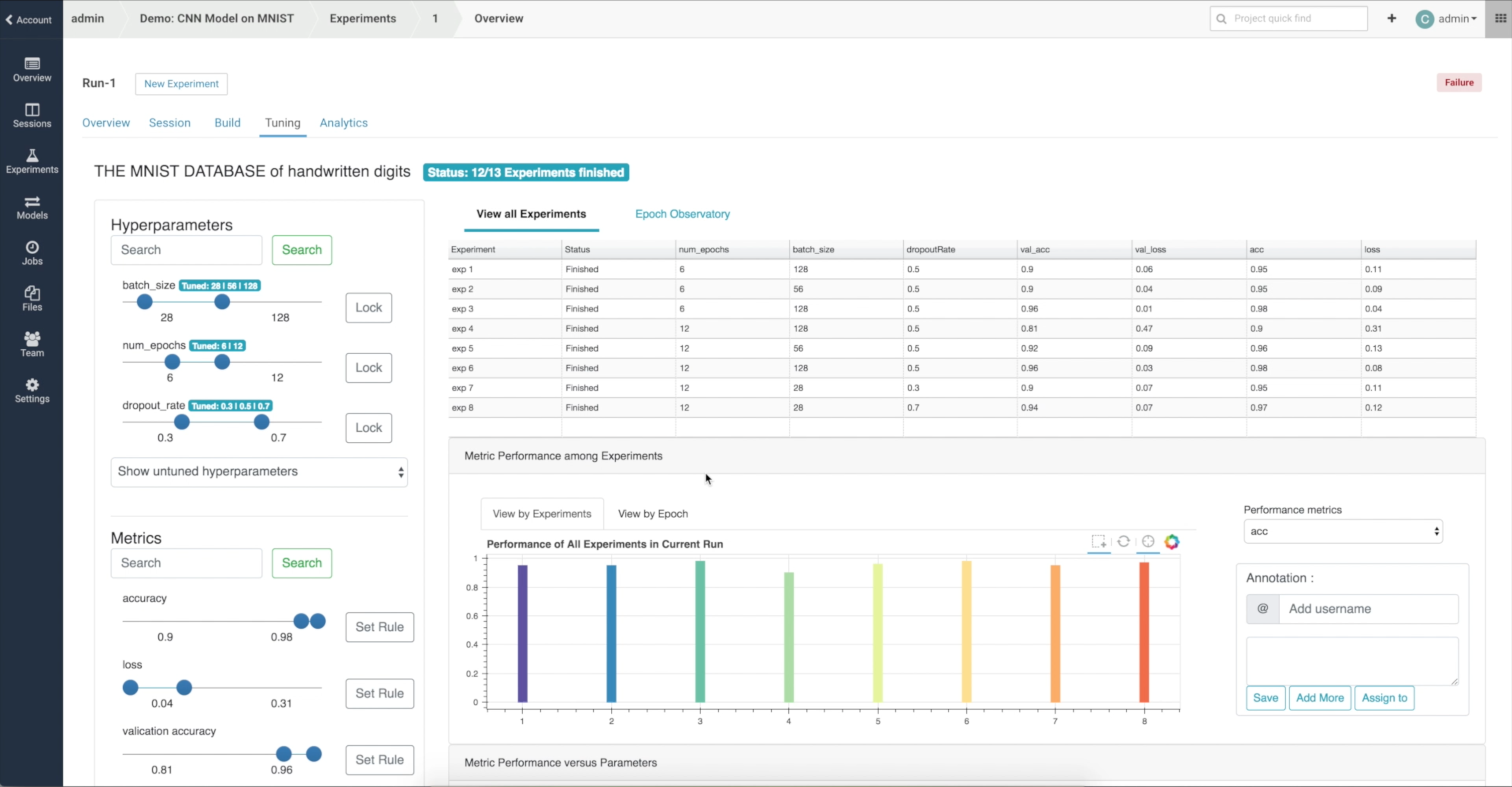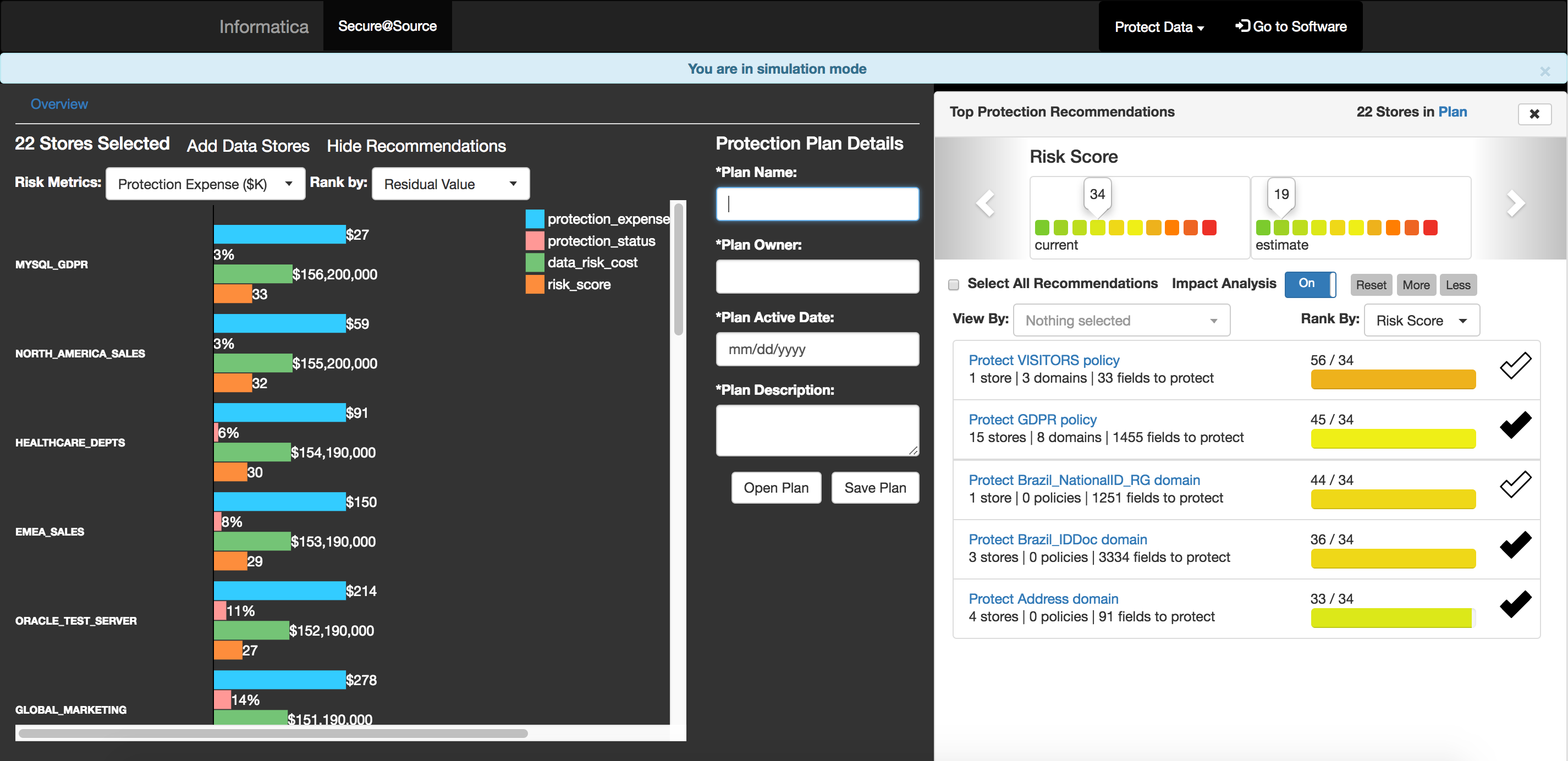Dr. Li designs and develops systems for computer-supported cooperative work. Her research includes crowdsourced sensemaking, to scaffold collective intelligence of novice crowds for tasks such as intelligence analysis. She also conducts research and devise visual analytics tools with user-centered design to combine and coordinate human and artificial intelligence in broader, real-world decision-making processes such as data security and hyperparameter tuning. Throughout her work, Dr. Li investigates and evaluates the UX impact of different Human-AI Interaction patterns.
Dr. Li received her Ph.D. in Computer Science from Virginia Tech, co-advised by Dr. Chris North and Dr. Kurt Luther. Before that, she received her Bachelor's degree from the University of Hong Kong. She also studied at UC San Diego and Shanghai Jiao Tong University as an exchange student.
Previously, Dr. Li was an Assistant Professor in the Department of Computer Science at Loyola University Chicago. She has also worked in the Adaptive Systems and Interaction Group in Microsoft Research AI, the UX team in Cloudera, and Informatica.

